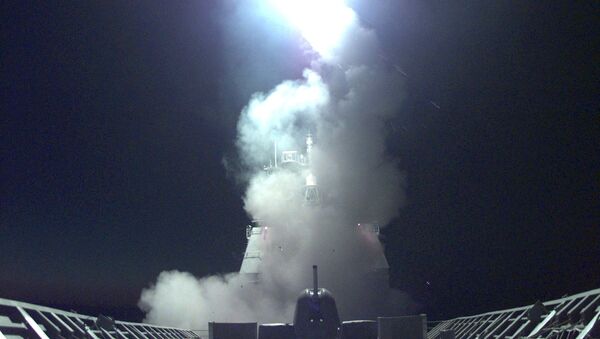WASHINGTON (Sputnik) — Deploying US Navy ships overseas improves their rapid response capabilities, but costs more money and reduces maintenance standards, a Government Accountability Office (GAO) report said.
“Homeporting ships overseas considerably increases the forward presence — US naval forces in overseas operating areas … and has other near-term benefits such as rapid crisis response,” the report said on Friday.
The GAO stated incidents of degraded or out-of-service equipment, “have doubled over the past 5 years.”
The report noted that the US Navy has spent hundreds of millions of dollars on overseas infrastructure and base operating costs since 2009 and moved “large numbers of sailors, dependents and ship repair work overseas.”
However, the US Navy still “lacks information needed to make informed homeporting decisions,” the report added.
Consequently, the report stated, it will be difficult for the Navy to “identify and mitigate the risks its homeporting decisions pose to its budget, readiness, and ship service lives over the long term.”




